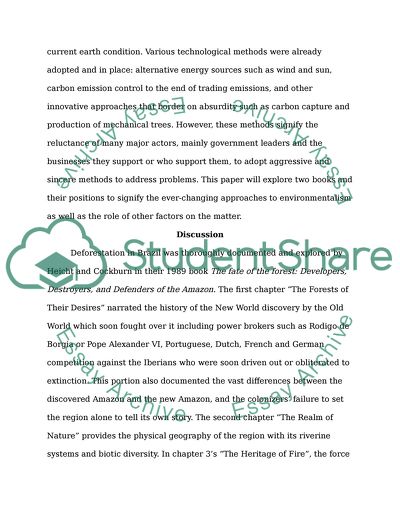Cite this document
(“Paper on Fate of the Forest Book Report/Review Example | Topics and Well Written Essays - 2000 words”, n.d.)
Retrieved from https://studentshare.org/family-consumer-science/1419201-paper-on-fate-of-the-forest
Retrieved from https://studentshare.org/family-consumer-science/1419201-paper-on-fate-of-the-forest
(Paper on Fate of the Forest Book Report/Review Example | Topics and Well Written Essays - 2000 Words)
https://studentshare.org/family-consumer-science/1419201-paper-on-fate-of-the-forest.
https://studentshare.org/family-consumer-science/1419201-paper-on-fate-of-the-forest.
“Paper on Fate of the Forest Book Report/Review Example | Topics and Well Written Essays - 2000 Words”, n.d. https://studentshare.org/family-consumer-science/1419201-paper-on-fate-of-the-forest.


